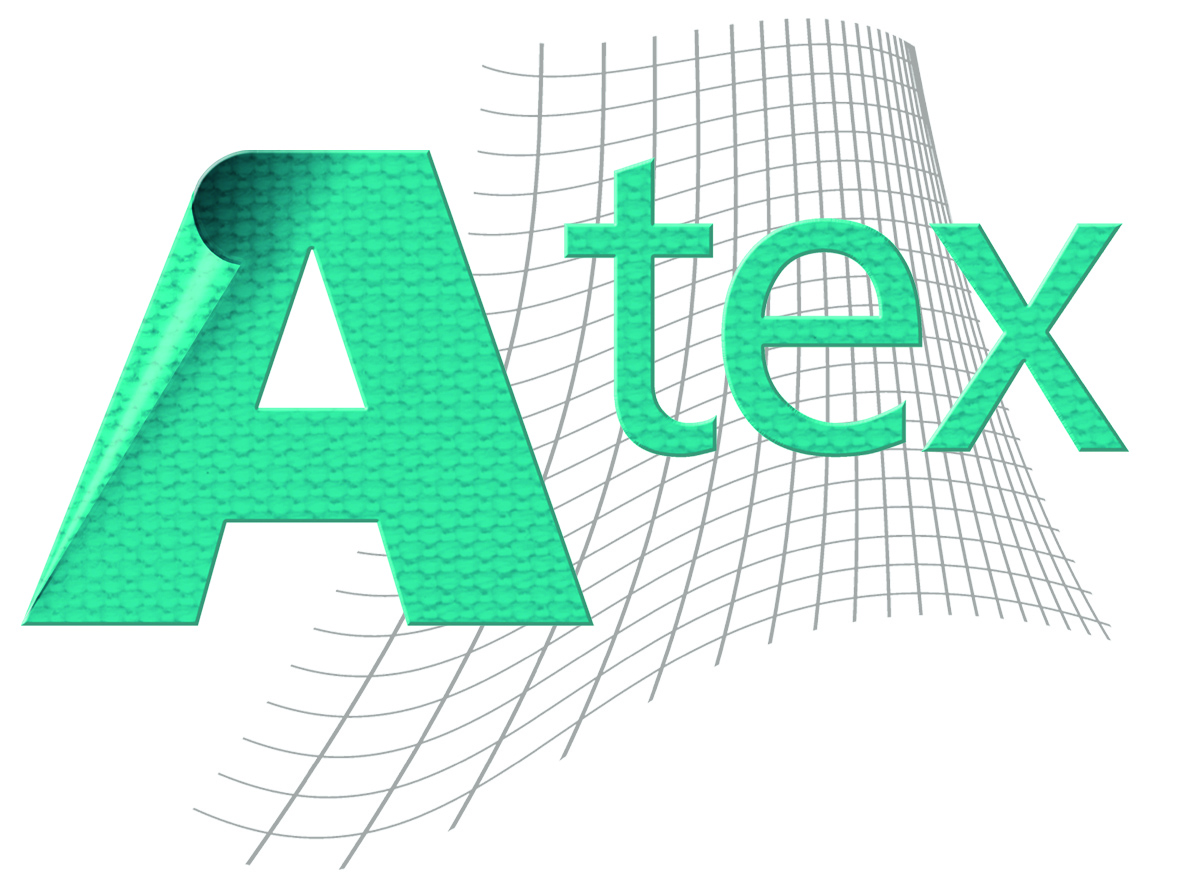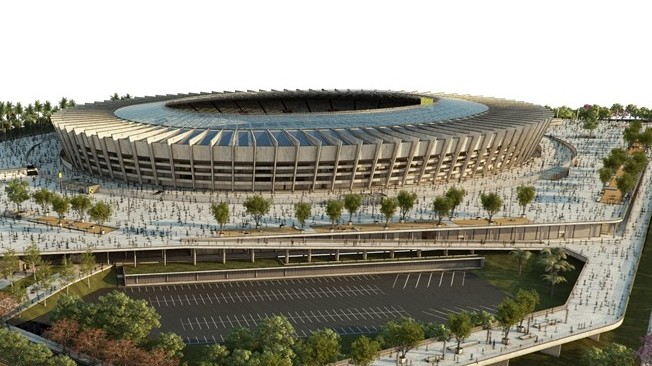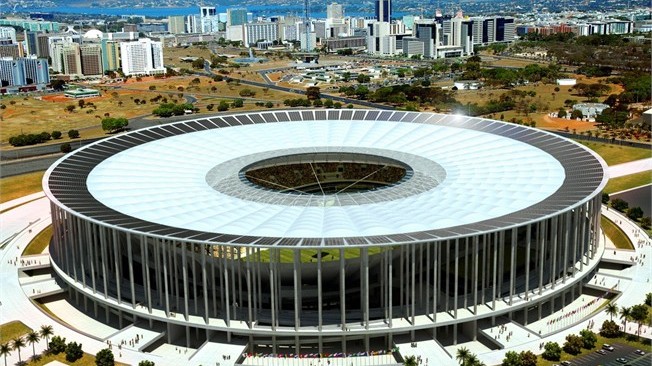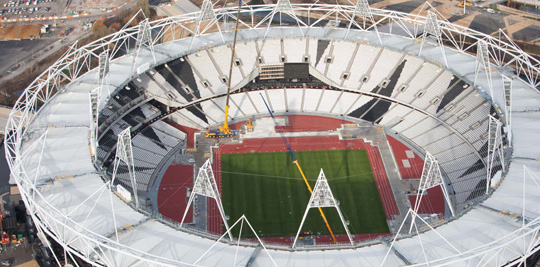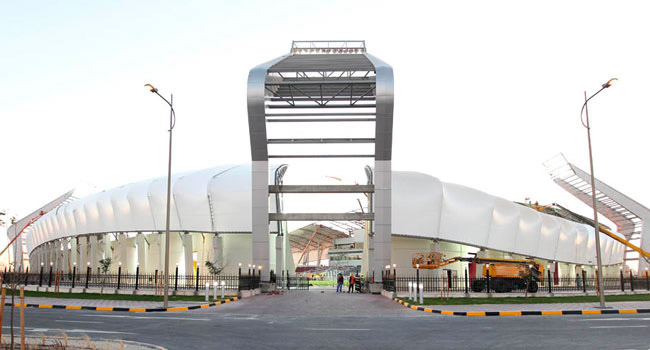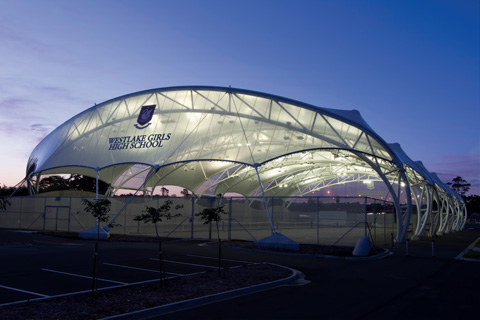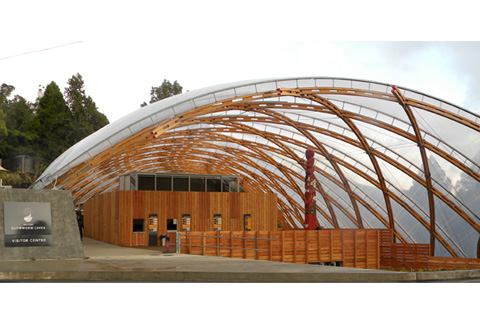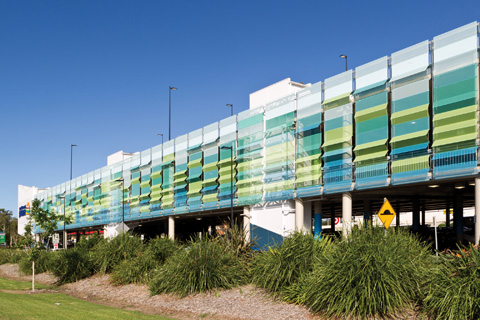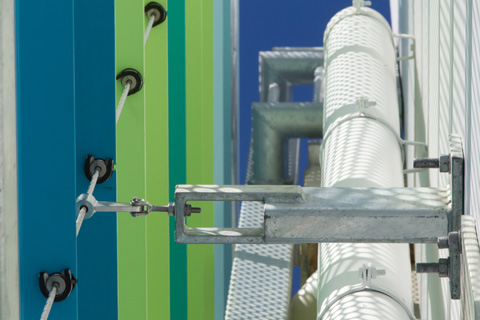Sample Lightweight Structures in NZ

LSAA 2013 Conference and Design Awards
Theme “Touching the Earth Lightly”
Note: The LSAA 2013 AGM will be held by teleconference on December 4 2013.
Please refer to this article or download the complete material HERE

CONFERENCE PROGRAM
Optional Pre-Conference Day, Wednesday 13th November 2013
Dr Kourosh Kayvani talks about LSAA 2013 and Lightweight Structures
11 am – 5.30 pm Pre-Conference Visit to Alan Gibbs Farm
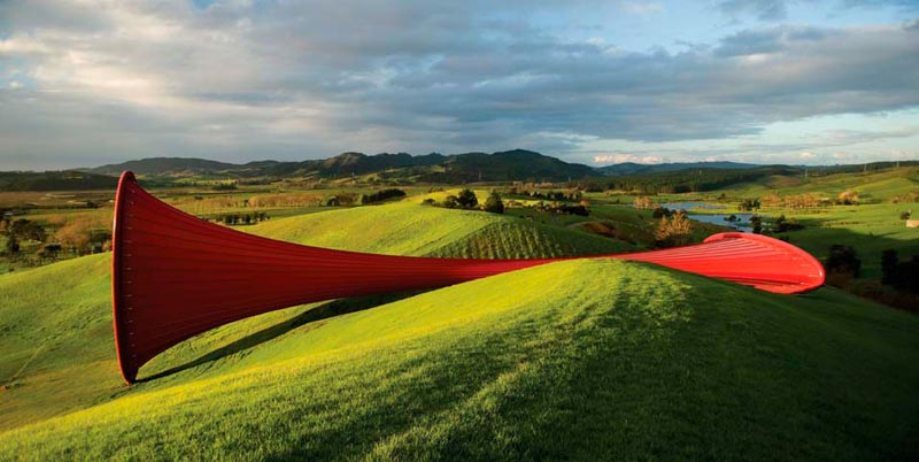
The LSAA is privileged to have organized a private visit to Alan Gibbs’s Farm, a 1,000-acre sculpture park on New Zealand’s Kaipara Harbour.
Since purchasing the site in 1991, Alan has commissioned some epic works by Neil Dawson, Anish Kapoor, Richard Serra, Andy Goldsworthy, Leon van den Eijkel and Bernar Venet amongst others.
A large tensioned fabric structure sculpture by Anish Kapoor moulds into the hill top (above). It was a worthy winner of an LSAA Design Award in 2009.
We will travel an hour each way to the farm by bus. Meeting time is at 11.30 at the Conference Hilton Hotel.
Delegates have a leisurely 3-4 hours to explore the Farm and sculptures before returning to the main hotel.
Overseas delegates wishing to avail themselves of this unique opportunity are advised to arrive in Auckland the day before.
The pre-conference visit to Alan Gibbs Farm, which is being Sponsored by Structurflex New Zealand has only limited spaces. Space is available for the first 50 fully conference paid registrants only
6.30 – 9 pm Pre-Conference Registration and Reception in the Exhibition Area
Download PDF Conference Registration Form HERE
CONFERENCE PROGRAM – FIRST DAY, Thursday 14th November 2013
|
Start
|
Session: Activity, Presentation
|
Author / Chair
|
|
8.30
|
Registrations
|
|
| |
S1 Welcome, Opening, Keynote
|
Dr Kourosh Kayvani
LSAA President
|
|
9.00
|
Conference Welcome
|
Dr Kourosh Kayvani
|
|
9.10
|
S1A Keynote Address
Design Matters - Creating The Bliss Point in Architecture and Engineering
|
Alastair Richardson
Director, Cox Architecture
|
|
10.00
|
Morning Tea / Networking
|
|
| |
S2 Recent International Projects
|
Murray Higgs
Structurflex – Gold sponsor
|
|
10.25
|
S2A Three Stadiums for Brazil 2014
|
Mike Lester - Makmax
|
|
10.45
|
S2B Retractable Roof over Margaret Court Tennis Arena
|
Peter Murenu - Aurecon
|
|
11.05
|
S2C London Olympics – Review of use of PVC fabrics in tensile architecture - what has changed in the decade?
|
Farid Sahnoune
Serge Ferrari
|
|
11.25
|
S2D Te Waka O Maori Re-locatable Pavilion
|
Nick Dalton Toa Architects
Ren Blair - Evitan
|
|
11.45
|
S2E Westlake Girls Netball Centre
|
Harry Street - Creative Spaces
|
|
12.05
|
S2F Questions to Session Authors
|
|
|
12.05
|
Lunch / Networking
|
|
| |
S3 Title Facades, Sustainability, Energy Saving Projects
|
Brian O’Flaherty
Mehler – Platinum sponsor
|
|
13.00
|
S3 Platinium Sponsor Welcome
|
Paolo Giugliano - Mehler
|
|
13.10
|
S3A The Feature ETFE and Timber Diagrid Roof - Coastland Aquatic Centre
|
Toby Mason - CREATE
|
|
13.30
|
S3B Design Elements of the World’s Largest Free Spanning Dome, Singapore
|
Scott Rathie - Arup
|
|
13.50
|
S3C Lightweight Facades Systems
|
James Marr - Tensys
|
|
14.10
|
S3D Case studies of cable supported façade structures
|
Rowan Murray - Ronstan
|
|
14.30
|
S3E Parametric Infrastructure Design
|
Dean Mackenzie
Warren & Mahoney
|
|
14.50
|
S3F Questions for Session Authors
|
|
|
Start
|
Session: Activity, Presentation
|
Author / Chair
|
|
15.00
|
Afternoon Tea / Networking
Public Lecture Registrations
|
|
| |
S4 Public Session: Earthquake Engineering Designs and the Greater Christchurch Recovery
|
Dr Kourosh Kayvani
LSAA President
|
|
15.20
|
S4A Welcome to Public and brief introduction to LSAA and this session
|
Dr Kourosh Kayvani
|
|
15.25
|
S4C-1 Overview of Recovery: Progress, milestones, challenges
|
Don Miskell General Manager CERA
|
| |
S4C-2 Opportunities for Re-building Christchurch in Wood
|
Prof Andy Buchanan
University of Cantebury
|
| |
S4C-3 Post Earthquake – Impact on Structural Design
|
Stephen Hogg
Aurecon, Christchurch
|
| |
S4C-4 What will the New Architecture be like and Why?
|
Daryl Maguire
Warren and Mahoney
|
|
17.25
|
S4D Questions for the Session Authors
|
|
Pre-dinner drinks & Design Awards Conference Dinner
Dress Code: Jacket and tie suggested
People can register for the Conference Dinner separately - Cost $NZ 125
Hilton Auckland - 7.00pm for 7.30pm
CONFERENCE PROGRAM – SECOND DAY, Friday 15th November 2013
|
Start
|
Session: Activity, Presentation
|
Author / Chair
|
| |
S6 Keynote
|
Peter Lim LSAA VP
|
|
09.00
|
S6A Keynote Address Touching the Earth Lightly: A Responsive Architecture
|
Alex Matovic for Neil Stonell
Grimshaw Architects
|
|
10.00
|
Morning Tea / Networking
|
|
| |
S7 Recent Projects / LSAA News
|
Bob Cahill - Hiraoka – Gold sponsor
|
|
10.30
|
S7A Waitomo Caves Visitors Centre
|
Chris Kelly
Architecture Workshop
|
|
10.50
|
S7B The Cloud
|
Joseph Dean
Wade Design Engineers
|
|
11.10
|
S7C Innovating the Process - Adelaide Oval Roof Structures
|
Joachim Clauss
Cox Architecture
|
|
11.30
|
S7D Abdullah Bin Khalifa Stadium, Doha Qatar
|
Peter Lim
Tensys
|
|
11.50
|
S7D Questions for the Session Authors
|
|
|
12.00
|
S7E Summary of LSAA Activities
Design Guidelines & Shadecloth issues
Details for Site visits. Conference Close
|
Dr Kourosh Kayvani &
Murray Higgs
|
|
12.10
|
Lunch / Networking / Pack up
|
|
| |
S8 Title – Site Visits (Optional)
|
Murray Higgs
Structurflex – Gold Sponsor
|
|
12.45
|
S8A The Cloud, Queens Wharf
Westlake Girls Sports Centre
Eden Park Stadium
|
Travel by Bus from Hilton. Potential drop off at airport after Westlake Girls visit.
|
Our Platinum Sponsor for the Conference is Mehler (link)

Gold Sponsors Hiraoka (link) and Structurflex NZ (link)
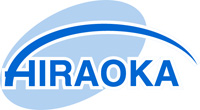
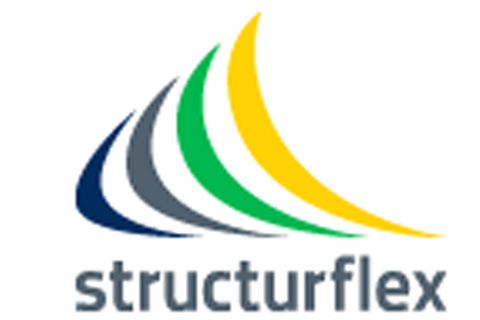
Silver Sponsors are Ronstan Tensile Architecture (link) Nolan.UDA (link) and Atex (link)


